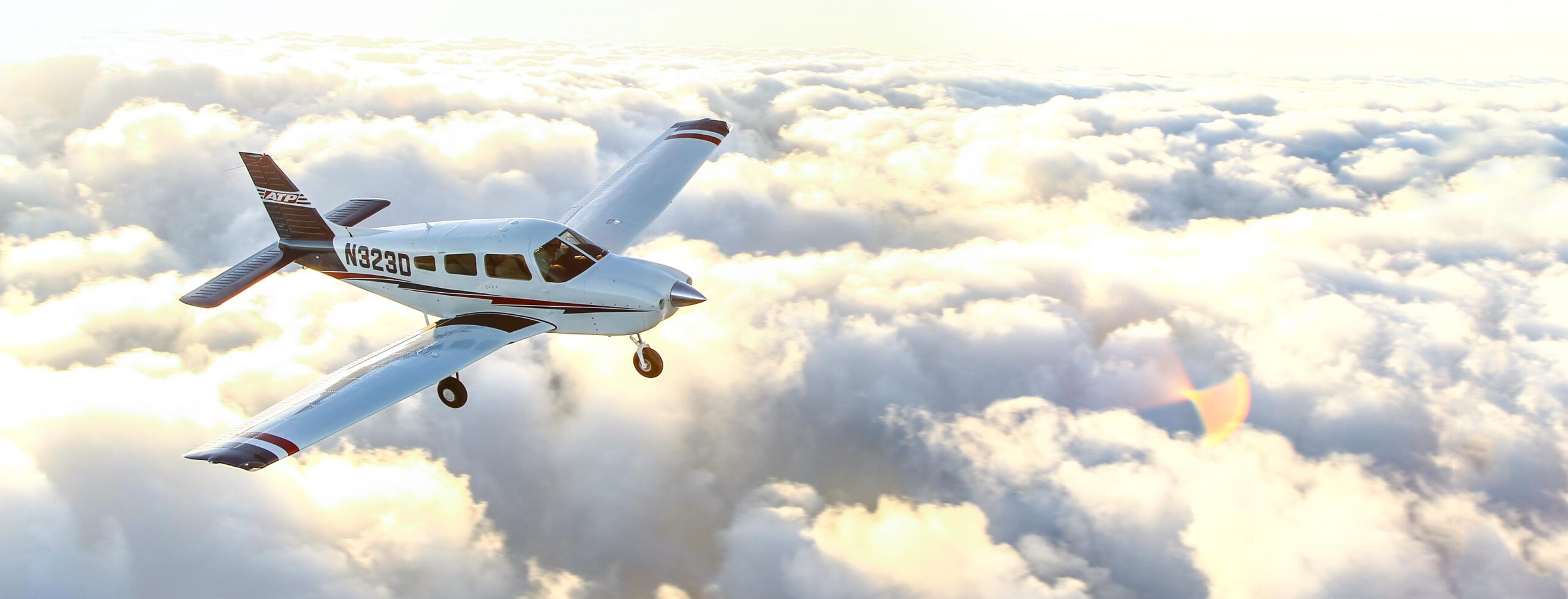
Have you ever wondered how long it takes to become a commercial airline pilot in the USA? Well, you’re in luck because today we’re going to dive into the details of this exciting career path. Becoming a commercial airline pilot is no easy feat and requires a significant amount of time, dedication, and training. In this article, we will discuss the various stages and requirements involved in becoming a commercial airline pilot in the USA, so get ready to learn all about it!
To become a commercial airline pilot in the USA, you must first obtain a Private Pilot License (PPL). This initial stage typically takes around 3 to 6 months to complete, depending on the individual’s availability and progress. During this phase, you will learn essential flying skills, navigation techniques, and aviation regulations. Once you have obtained your PPL, you can then move on to the next step.
The next stage in becoming a commercial airline pilot is acquiring an Instrument Rating (IR) and a Commercial Pilot License (CPL). This phase typically takes about 6 to 12 months to complete, during which you will undergo intensive training in advanced flight instruments and procedures. Additionally, you will need to accumulate a certain number of flight hours, usually around 250 to 300, to be eligible for the CPL. Upon completion of this stage, you will have the necessary qualifications to work as a commercial pilot.
Finally, to work for a major airline, you will need to obtain an Airline Transport Pilot License (ATPL). This final stage requires a minimum of 1,500 flight hours and takes several years to achieve. During this time, aspiring pilots often gain experience by working as flight instructors, charter pilots, or in other aviation-related roles. Once you have obtained your ATPL, you will be eligible to apply for positions with major airlines and embark on an exciting career as a commercial airline pilot.
In conclusion, becoming a commercial airline pilot in the USA is a journey that requires time, dedication, and a series of stages and licenses. From obtaining a Private Pilot License to acquiring an Airline Transport Pilot License, the process can take several years. However, for those who are passionate about flying and dream of a career in the skies, the journey is undoubtedly worth it. So, if you’re interested in becoming a commercial airline pilot, buckle up and get ready to soar to new heights! Becoming a commercial airline pilot in the United States requires a combination of educational qualifications, flight experience, and extensive training. The process can be lengthy and demanding, but for those with a passion for aviation, it can also be incredibly rewarding. In this article, we will outline the requirements and steps involved in becoming a commercial airline pilot, as well as the time it typically takes to achieve this career goal.

Educational Qualifications
To become a commercial airline pilot in the USA, you must have a high school diploma or equivalent. Additionally, most airlines require pilots to have a bachelor’s degree, although it can be in any field of study. While a degree is not specifically required by the Federal Aviation Administration (FAA), it is generally preferred by airlines as it demonstrates a level of commitment and dedication to a higher education.
Medical Requirements
Maintaining good physical health is crucial for pilots, as they are responsible for the safety of passengers and crew onboard an aircraft. All commercial airline pilots must undergo regular medical examinations to ensure they meet the physical and mental fitness requirements set by the FAA. These examinations are conducted by an FAA-certified medical examiner and involve a thorough evaluation of the candidate’s overall health.
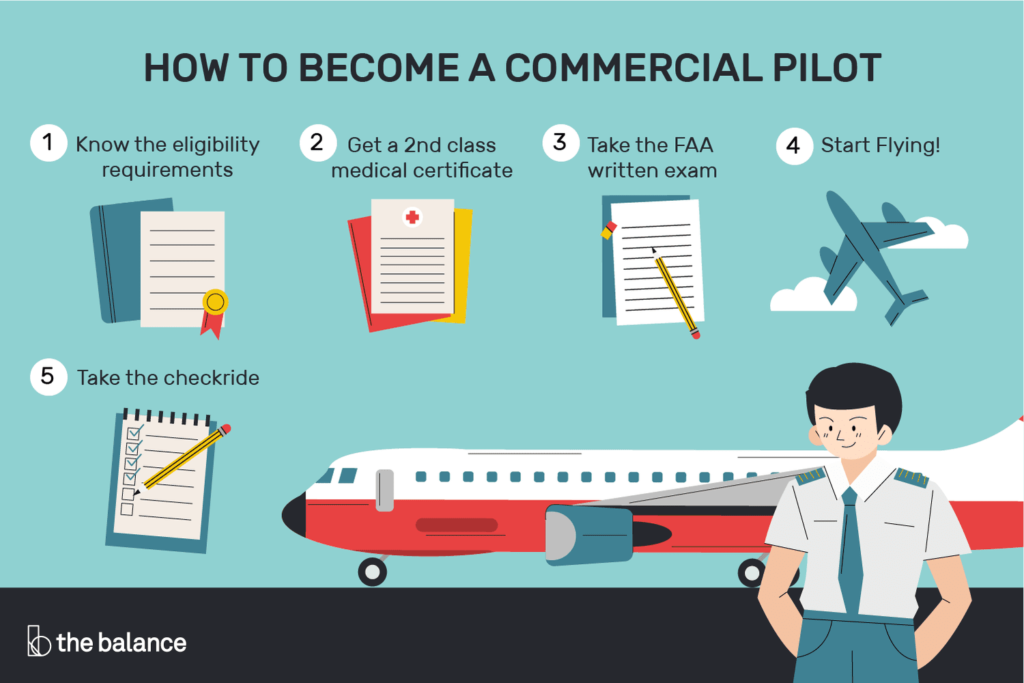
Age Requirement
To become a commercial airline pilot, you must be at least 23 years old. However, you can start your flight training at a younger age. In fact, many aspiring pilots begin their training in their late teens or early twenties to gain a head start on building flight experience.
Flight Experience
Flight experience is a crucial factor in becoming a commercial airline pilot. Aspiring pilots must accumulate a specific number of flight hours before they can obtain the necessary licenses and certifications. The flight experience required can vary depending on the type of license or rating being pursued.
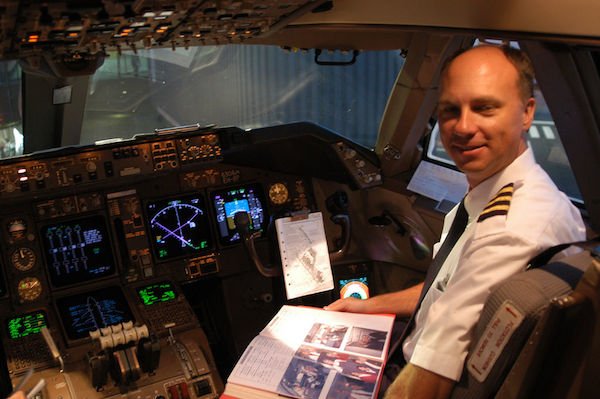
Flight Training Process
The flight training process for becoming a commercial airline pilot typically consists of several stages, each focusing on specific skills and certifications. These stages include the Private Pilot License (PPL), Instrument Rating (IR), Commercial Pilot License (CPL), and Multi-engine Rating (MER).
Private Pilot License (PPL)
The first step in flight training is obtaining a Private Pilot License (PPL). This license allows you to fly as a hobbyist or for non-commercial purposes. The training for a PPL includes a minimum of 40 flight hours, which includes both solo and dual instruction. It typically takes around 3-6 months to complete the training for a PPL, depending on your availability and dedication to the program.
Instrument Rating (IR)
After obtaining a PPL, the next step is to obtain an Instrument Rating (IR). An IR allows pilots to fly in poor weather conditions using only the aircraft’s instruments. The training for an IR involves at least 40 hours of instrument flight time, including both simulated and actual instrument flight. The duration of the IR training can vary, but it typically takes around 2-3 months to complete.
Commercial Pilot License (CPL)
Once you have obtained your PPL and IR, you can move on to earning your Commercial Pilot License (CPL). A CPL allows you to fly for compensation or hire, which is a requirement for becoming a commercial airline pilot. The training for a CPL includes a minimum of 250 flight hours, which includes specific requirements for cross-country flights and night flights. The duration of CPL training can vary depending on your availability and flight school, but it typically takes around 6-12 months to complete.
Multi-engine Rating (MER)
To fly larger commercial aircraft, pilots must also obtain a Multi-engine Rating (MER). The MER training consists of additional flight time and instruction on multi-engine airplanes. The duration of MER training can vary, but it typically takes around 2-3 months to complete.
Flight Hours Required
Apart from the flight hours required for specific licenses and ratings, pilots must also accumulate a certain number of flight hours to be eligible for an Airline Transport Pilot (ATP) certificate, which is required to fly as a captain for a commercial airline.
Minimum Flight Hours for CPL
To obtain a CPL, pilots must have a minimum of 250 flight hours, as mentioned earlier. These flight hours include both solo and dual instruction, cross-country flights, and night flights.
Additional Flight Hours for Airline Transport Pilot (ATP)
To be eligible for an ATP certificate, pilots must accumulate a total of 1,500 flight hours. These hours must include specific requirements for cross-country flight time, instrument flight time, and flight time as a flight instructor or in a different capacity.
Hands-on Flight Training
In addition to the flight hours required for licenses and certifications, pilots must also undergo hands-on flight training, which includes various maneuvers and emergency procedures. This training is essential for developing the necessary skills and confidence required to handle different situations while operating an aircraft.
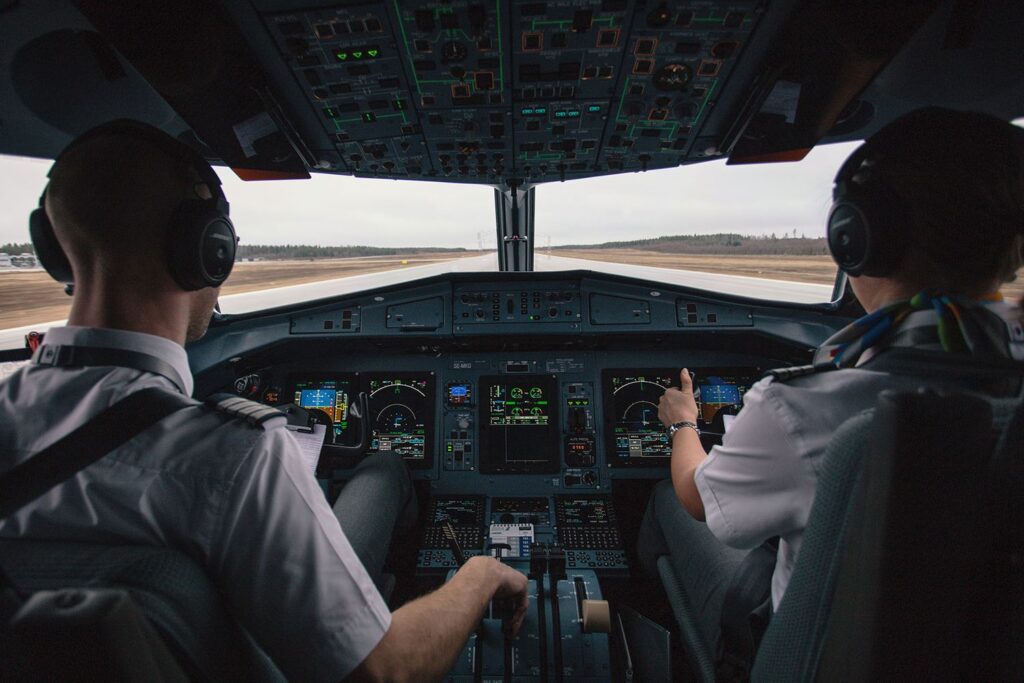
Aviation Knowledge Examinations
Throughout the flight training process, aspiring pilots must also pass several knowledge examinations administered by the FAA. These exams assess pilots’ knowledge of federal aviation regulations (FAR), aviation safety, meteorology, and aircraft systems.
Federal Aviation Regulations (FAR)
Pilots must have a thorough understanding of the FAR, which governs all aspects of aviation in the United States. This includes regulations related to flight operations, pilot qualifications, and aircraft maintenance, among others.
Pilot Knowledge Test
The pilot knowledge test covers various subjects, including aerodynamics, navigation, aviation weather, and aircraft performance. It is designed to assess a pilot’s knowledge of the theoretical aspects of flying.
Practical Test Standards (PTS)
In addition to the knowledge test, pilots must also pass a practical test that evaluates their ability to perform specific maneuvers, emergency procedures, and navigate using instruments. The practical test is conducted by an FAA-designated examiner and is divided into oral and flight components.
Flight Experience Building
Building flight experience is crucial for aspiring commercial airline pilots. It not only helps in meeting the flight hour requirements but also provides valuable hands-on experience in various weather conditions and aircraft types.
Flight Instructor Certification
One way to build flight experience is to become a certified flight instructor (CFI). By obtaining a CFI certificate, pilots can gain flight experience while teaching other aspiring pilots. This experience is highly valued by airlines and can greatly enhance your chances of being hired as a commercial airline pilot.
Building Hours as a Flight Instructor
As a flight instructor, you can build flight hours while teaching students and conducting flight training. This experience allows you to refine your flying skills and gain exposure to different flight scenarios.
Gaining Experience in Various Weather Conditions
To become a well-rounded pilot, it is essential to gain experience in various weather conditions. This includes flying in rain, snow, fog, and strong winds, as well as practicing emergency procedures such as engine failures and instrument failures.
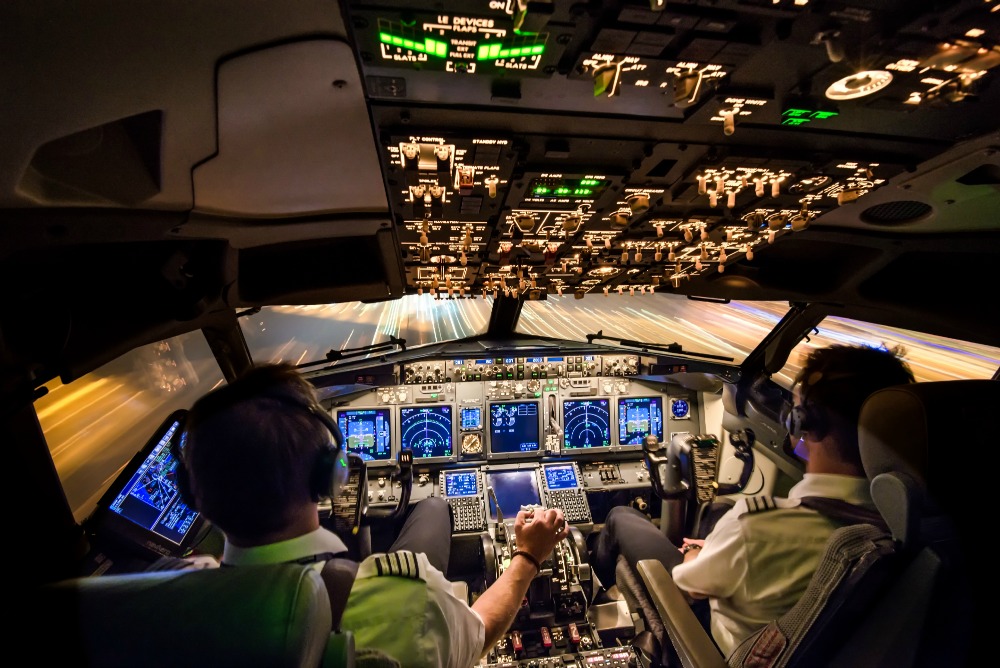
Building a Pilot Resume
Building a strong pilot resume is essential when applying for airline jobs. It showcases your flight experience, certifications, and qualifications, and helps you stand out from other applicants.
Building Flight Hours
Accumulating flight hours is a major component of building a pilot resume. The more flight hours you have, especially in relevant aircraft types, the more attractive you become to potential employers.
Volunteering for Additional Duties
Volunteering for additional duties, such as participating in community service events or assisting with flight operations at your flight school, can demonstrate your commitment and dedication to the aviation industry.
Participating in Aviation Competitions
Participating in aviation competitions, such as air races or aerobatic contests, can showcase your flying skills and passion for aviation. It can also provide networking opportunities and exposure within the industry.
Applying for Airline Jobs
Once you have met the necessary requirements and built a strong pilot resume, you can start applying for airline jobs. Meeting the airline’s specific requirements, preparing a professional resume, and excelling in airline interviews are key factors in securing a position as a commercial airline pilot.
Meeting Airline Requirements
Different airlines may have specific requirements for minimum flight hours, type ratings, and experience. Researching and understanding these requirements beforehand can help you tailor your application to each airline.
Preparing a Professional Resume
A professional resume should highlight your flight experience, certifications, education, and any relevant accomplishments. It should be well-organized, error-free, and visually appealing.
Ace the Airline Interviews
Airline interviews typically consist of several rounds, including technical and behavioral interviews. It is crucial to prepare thoroughly, research the airline, and practice answering common interview questions in order to make a positive impression.
Additional Training and Certifications
Once you are hired as a commercial airline pilot, you may still need additional training and certifications depending on the type of aircraft you will be flying.
Jet Transition Training
If you are transitioning from smaller aircraft to larger commercial jets, you may need to undergo specific training to familiarize yourself with the new aircraft’s systems, procedures, and operating characteristics.
Type Ratings
Type ratings are required for pilots to operate specific aircraft types. Airlines typically provide type rating training to their newly hired pilots to ensure they are fully qualified to fly their fleet.
Emergency Procedures Training
Periodic emergency procedures training is required for all commercial airline pilots. This training ensures that pilots are prepared to handle various emergency situations and can make critical decisions under pressure.
Costs Involved in Becoming a Commercial Airline Pilot
Becoming a commercial airline pilot entails significant financial investment. The costs can vary depending on the flight school, aircraft rental rates, examination fees, and other factors.
Flight School Expenses
Flight training costs can range from tens of thousands to hundreds of thousands of dollars, depending on the flight school and the type of aircraft used for training. These costs typically include aircraft rental, instructor fees, textbooks, and other training materials.
Examination Fees
There are fees associated with the knowledge exams and practical tests administered by the FAA. These fees can vary depending on the type of exam and the designated testing center.
Aircraft Rental Costs
Renting aircraft for flight training can be a significant expense. The hourly rental rates vary depending on the aircraft type and flight school. It is important to factor these costs into your overall budget when planning for flight training.
Conclusion
Becoming a commercial airline pilot in the USA requires dedication, commitment, and substantial investment of time and resources. It typically takes several years to complete the required training and accumulate the necessary flight hours. However, for those passionate about aviation, the challenges are outweighed by the rewards of a successful career in the sky. Continuous learning, skill development, and the opportunity to travel the world make becoming a commercial airline pilot an exciting and fulfilling profession.

